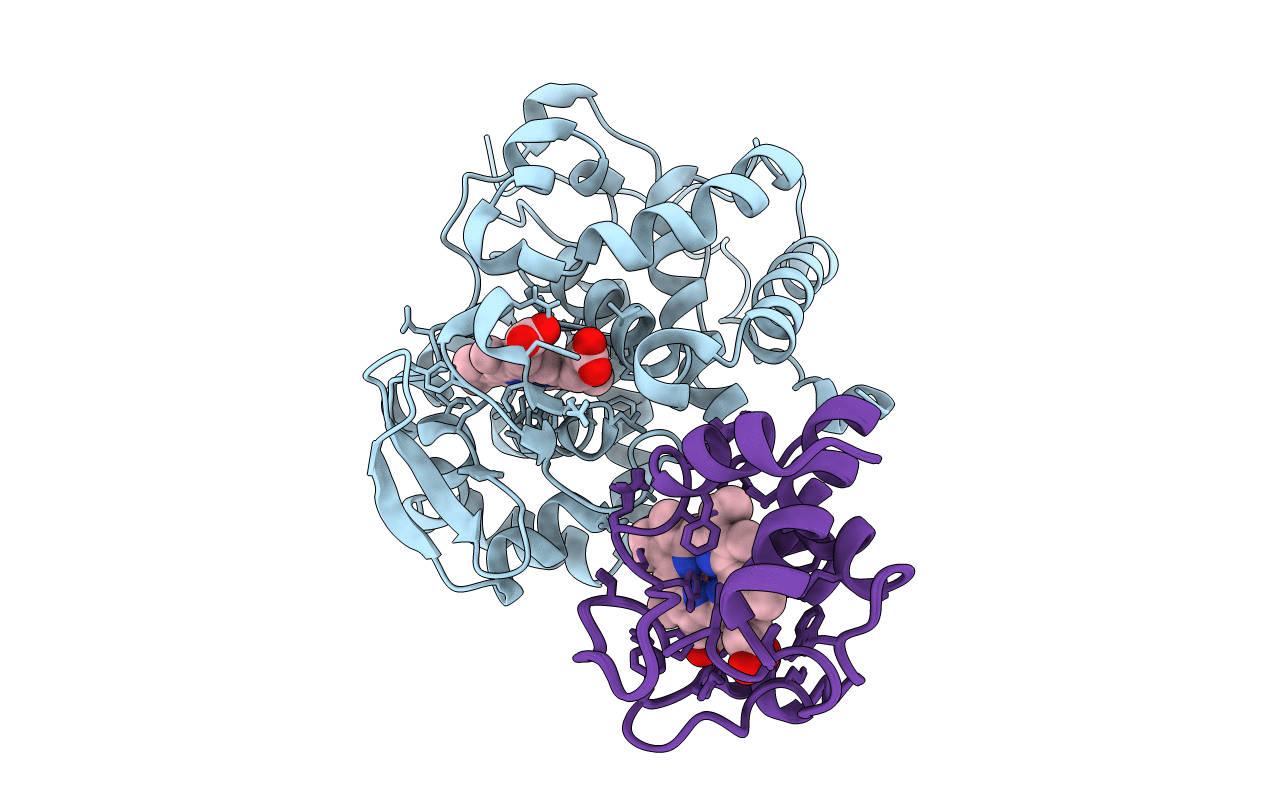
Deposition Date
2007-08-01
Release Date
2008-07-22
Last Version Date
2024-10-30
Entry Detail
PDB ID:
2JTI
Keywords:
Title:
Solution structure of the yeast iso-1-cytochrome c (T12A) : yeast cytochrome c peroxidase complex
Biological Source:
Source Organism:
Saccharomyces cerevisiae (Taxon ID: 4932)
Host Organism:
Method Details:
Experimental Method:
Conformers Calculated:
120
Conformers Submitted:
10
Selection Criteria:
structures with the lowest energy


